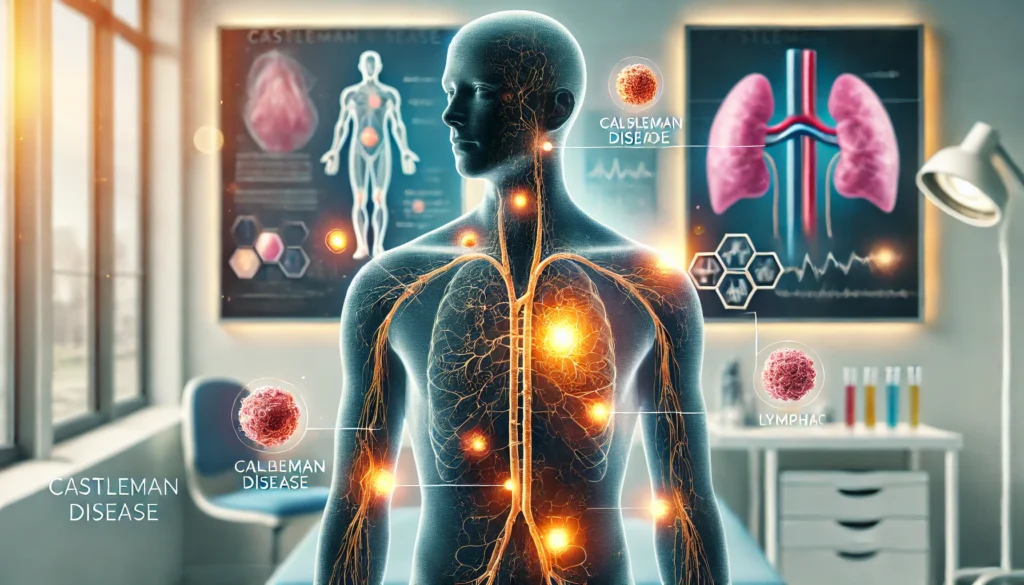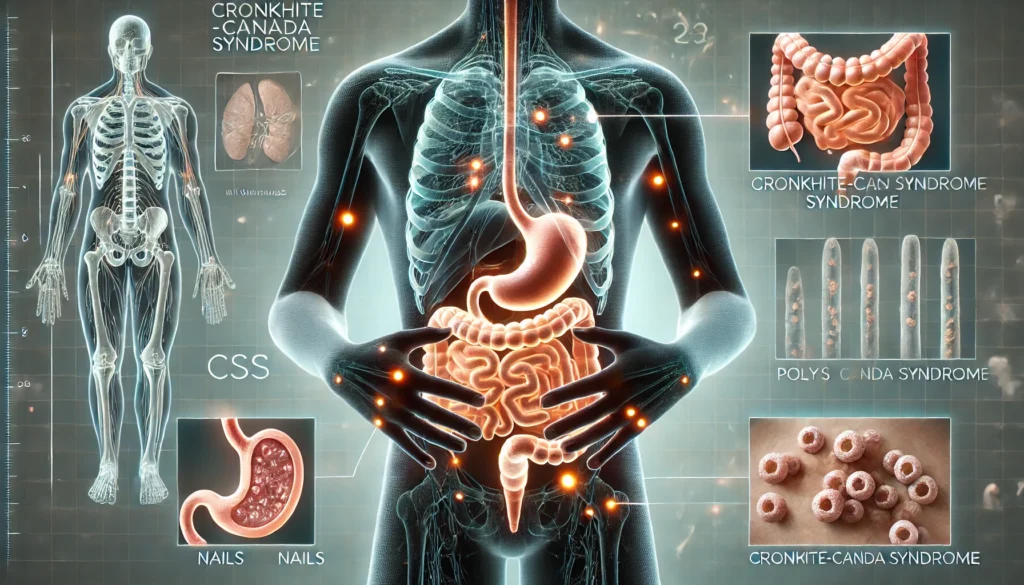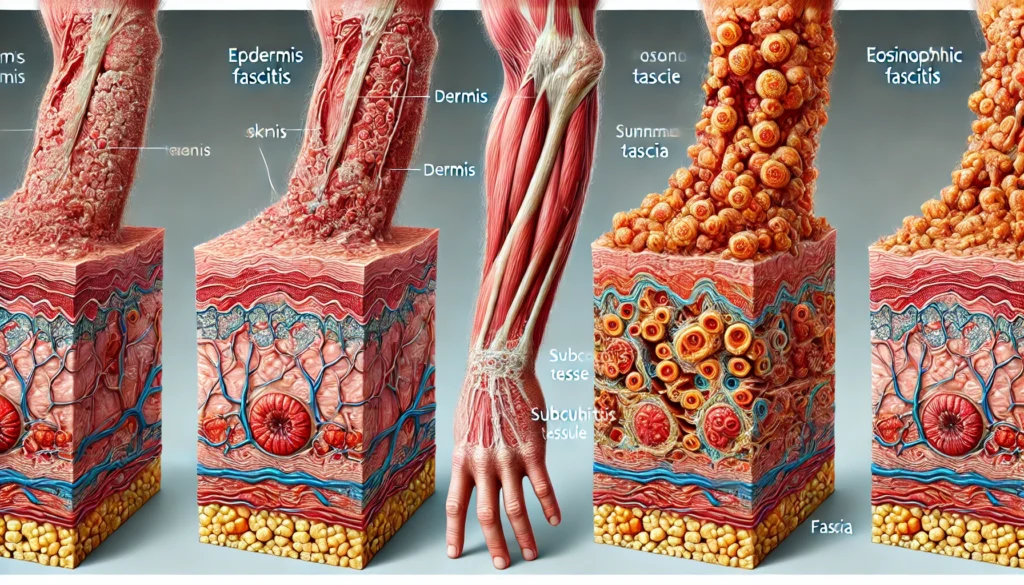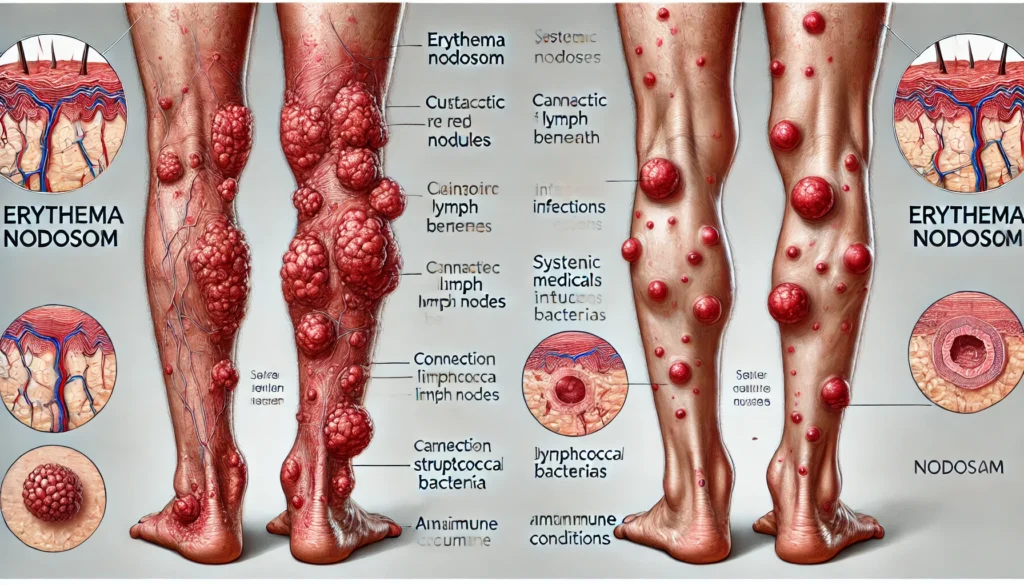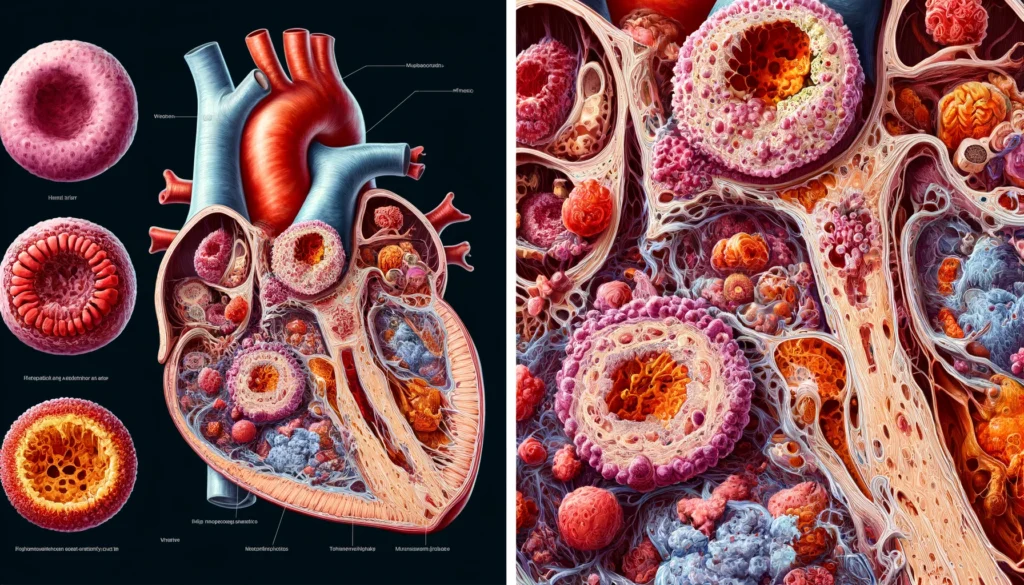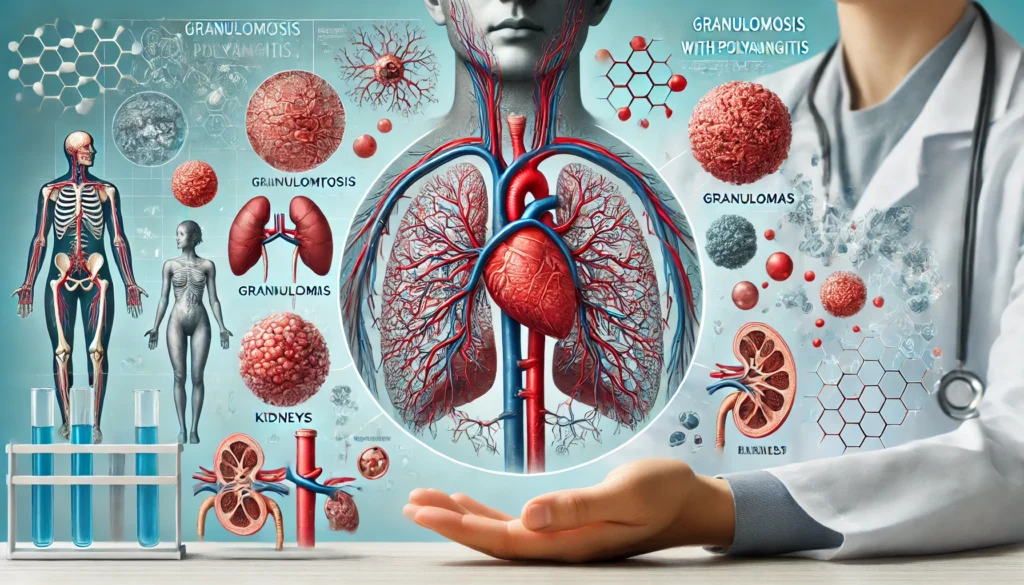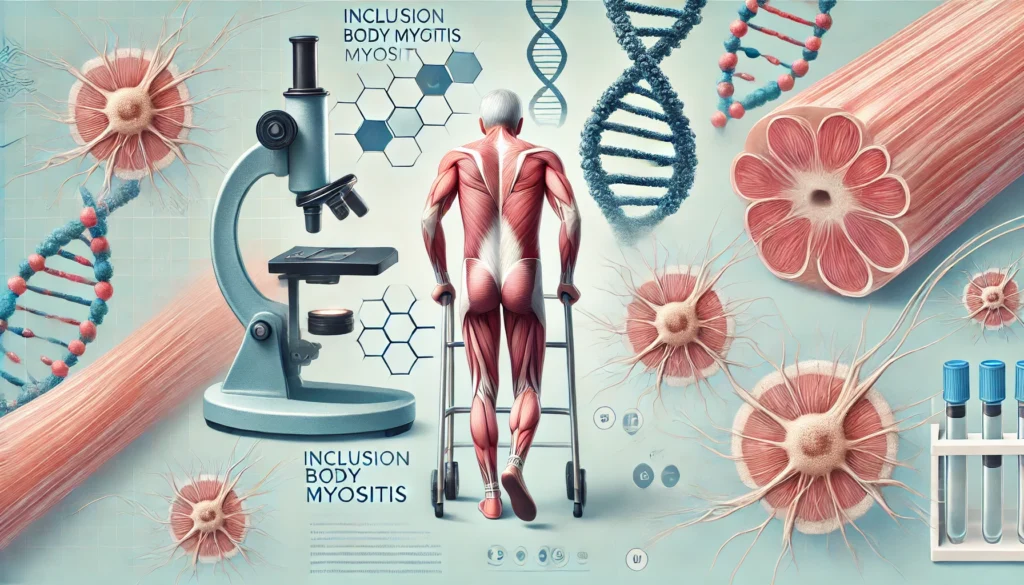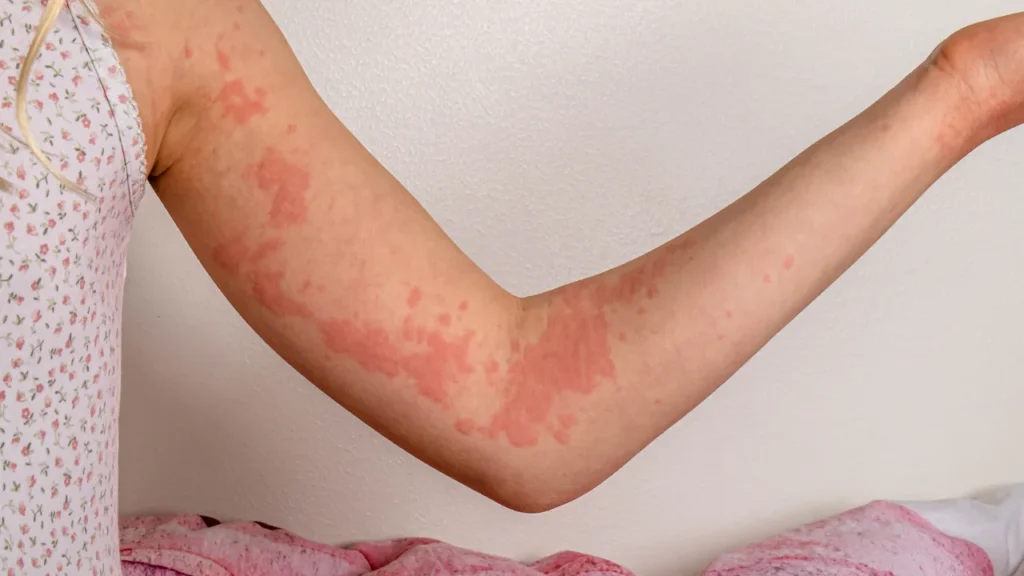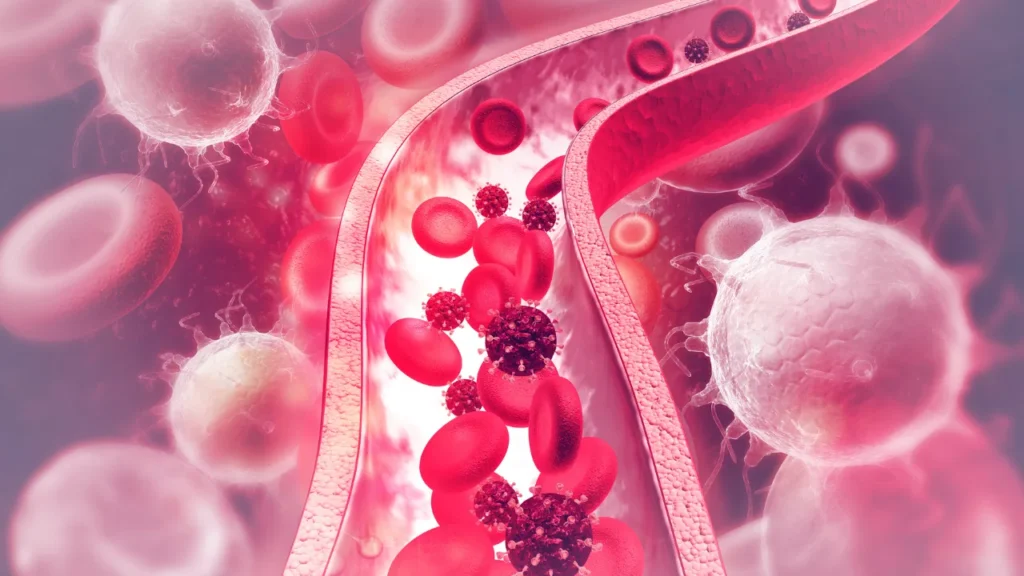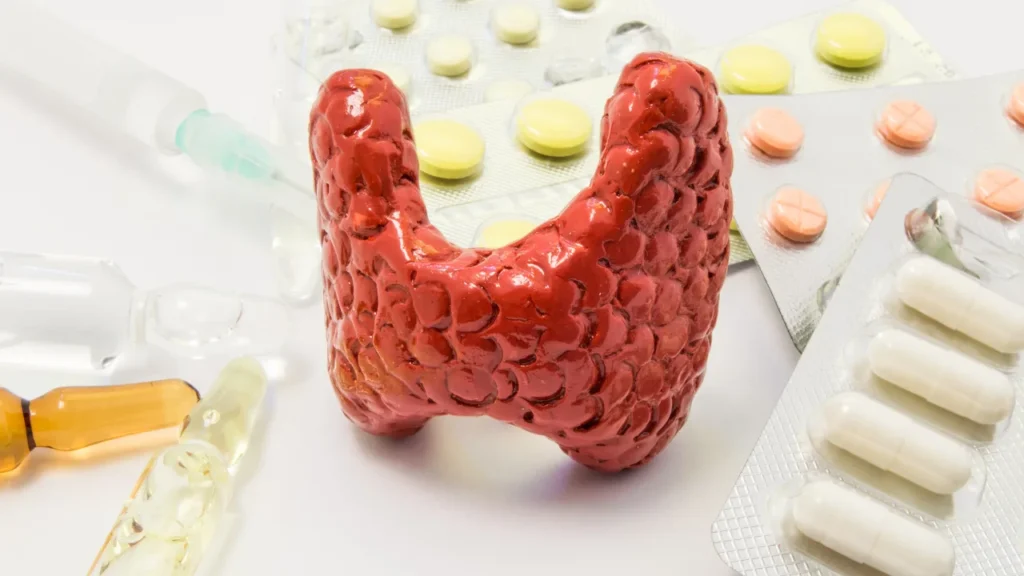Castleman disease: Description, Causes, and Treatment Protocol
Description An uncommon ailment first identified in 1954 by Dr. Benjamin Castleman, Castleman disease is often referred to as Castleman syndrome and is also called angiofollicular lymph node hyperplasia. There are localized or systemic manifestations since it mainly impacts the lymph nodes and associated tissues. Castleman disease’s causes, diagnostic procedures, and therapeutic strategies have all […]
Castleman disease: Description, Causes, and Treatment Protocol Read More »
